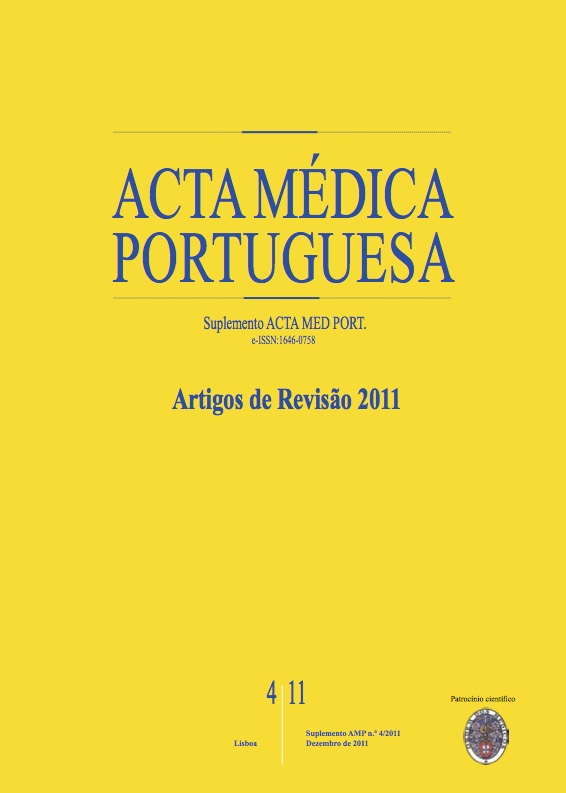The transoesophageal echocardiography in the general intensive care: its utility in the ventilated critically ill patient.
DOI:
https://doi.org/10.20344/amp.1598Abstract
The use of the transoesophageal echocardiography (TEE) in the critically ill patient admitted to the general intensive care unit begins to turn out to be very important but it is still little spread. The full implementation of the echocardiography in the general intensive cares is compromised by the acoustic window. However, TEE can flyover this difficulty adding to the advantages widely described of the transthoracic echocardiography (TTE) other high values 1. The TEE manages to do the dynamic evaluation of the necessity of fluids, able to discriminate fluid responders, able to distinguish types of shock, assess systolic and diastolic function of both ventricles, able to evaluate other structures of the heart and be a guide to therapy. The use of the echocardiography in the ventilated patient admitted to the general intensive care unit still lack for some definition. This clinical commentary was carried out by the intention of revising the most relevant literature that values the use and efficiency of the TEE in the ventilated critically ill patient in order to explain its use and consequently helping to implement the TEE in clinical practice. So, one managed to define the application of the TEE in the critically ill patient in several clinical scenarios, the haemodynamically unstable patient, the patient with global respiratory insufficiency, the patient with hipoxémia.Downloads
Downloads
How to Cite
Issue
Section
License
All the articles published in the AMP are open access and comply with the requirements of funding agencies or academic institutions. The AMP is governed by the terms of the Creative Commons ‘Attribution – Non-Commercial Use - (CC-BY-NC)’ license, regarding the use by third parties.
It is the author’s responsibility to obtain approval for the reproduction of figures, tables, etc. from other publications.
Upon acceptance of an article for publication, the authors will be asked to complete the ICMJE “Copyright Liability and Copyright Sharing Statement “(http://www.actamedicaportuguesa.com/info/AMP-NormasPublicacao.pdf) and the “Declaration of Potential Conflicts of Interest” (http:// www.icmje.org/conflicts-of-interest). An e-mail will be sent to the corresponding author to acknowledge receipt of the manuscript.
After publication, the authors are authorised to make their articles available in repositories of their institutions of origin, as long as they always mention where they were published and according to the Creative Commons license.









